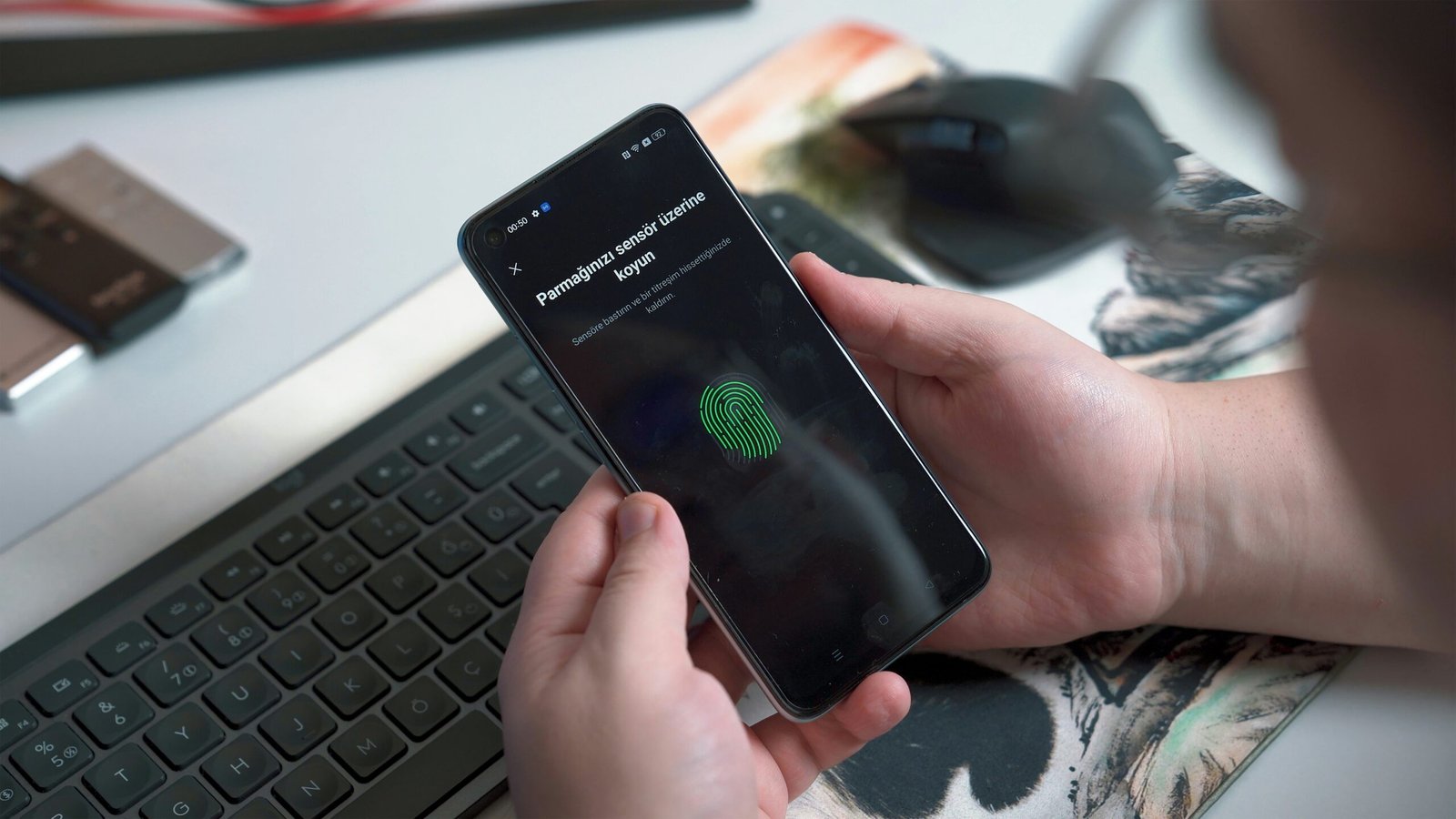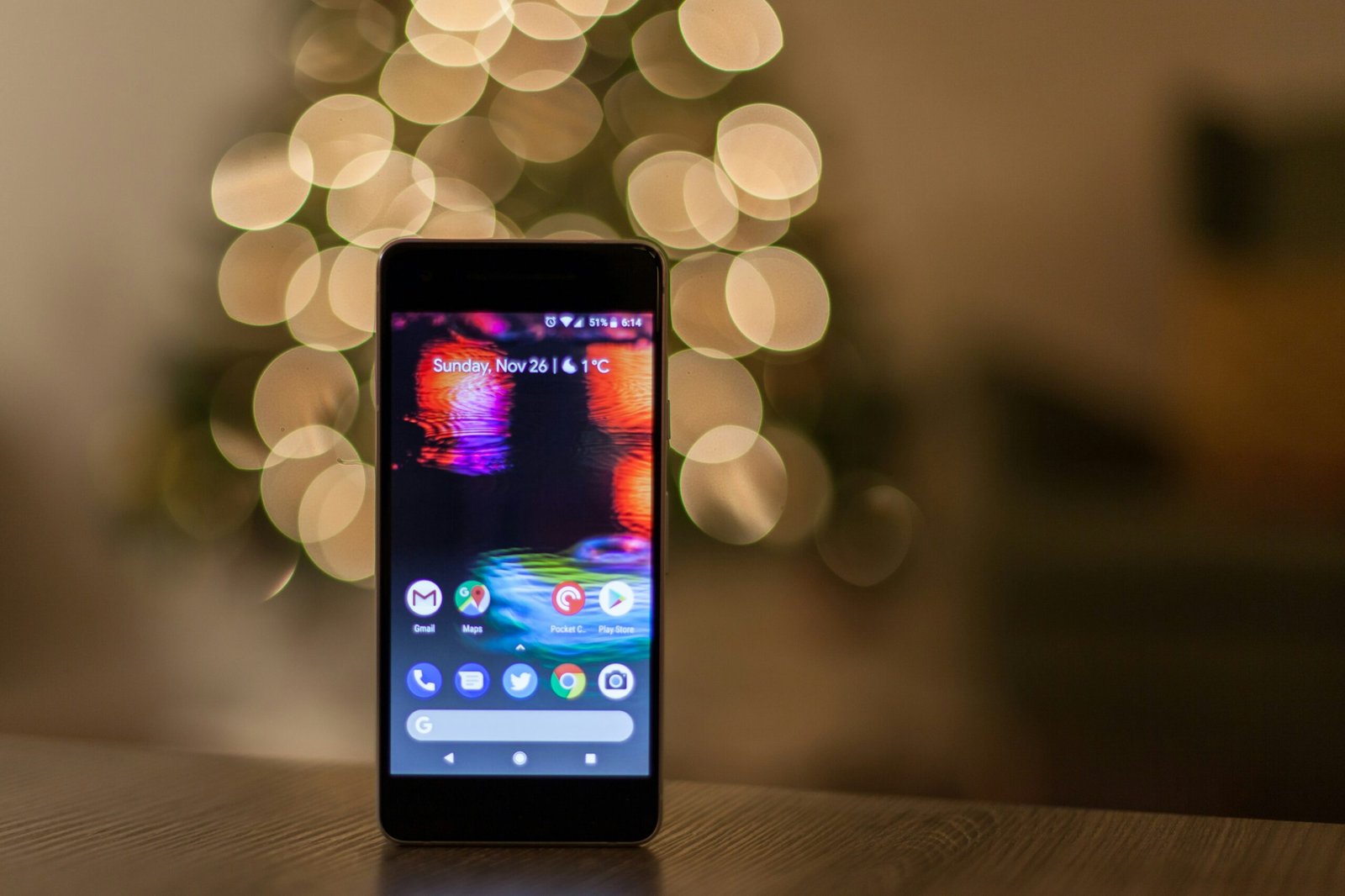Introduction
Entertainment apps have become an integral part of our lives, offering a wide range of content for personalized viewing. The success of these apps relies heavily on their user interface (UI) and user experience (UX) design. In this blog post, we will explore some UI/UX solutions that enhance the overall viewing experience and make entertainment apps more engaging and user-friendly.
1. Intuitive Navigation
One of the key factors in a successful entertainment app is its ease of navigation. Users should be able to find their desired content quickly and effortlessly. Implementing a simple and intuitive navigation menu with clear categories and subcategories can greatly enhance the user experience. Additionally, incorporating search functionality and personalized recommendations based on user preferences can further improve the app’s usability.
2. Seamless Content Discovery
With the vast amount of content available on entertainment apps, it is essential to provide users with effective content discovery features. Implementing features like curated playlists, personalized recommendations, and trending content sections can help users discover new shows, movies, or music based on their interests. Additionally, incorporating filters and sorting options can further enhance the content discovery process, allowing users to find exactly what they are looking for.
3. Customizable User Profiles
Personalization is key to providing a personalized viewing experience. Allowing users to create customizable profiles where they can save their preferences, create watchlists, and receive personalized recommendations can greatly enhance the user experience. This feature not only makes it easier for users to access their favorite content but also enables the app to provide tailored suggestions based on their viewing history and preferences.
4. Seamless Cross-Platform Experience
In today’s digital age, users expect a seamless experience across multiple devices. Ensuring that the entertainment app is accessible and consistent across different platforms, such as smartphones, tablets, and smart TVs, is crucial. Implementing responsive design principles and optimizing the app’s performance for different screen sizes and resolutions can provide users with a seamless cross-platform experience.
5. Interactive and Engaging Features
To keep users engaged and entertained, entertainment apps should incorporate interactive and engaging features. For example, implementing a social sharing feature that allows users to share their favorite content with their friends or on social media platforms can enhance the app’s virality. Additionally, incorporating gamification elements, such as badges or rewards for completing certain actions, can further incentivize user engagement and promote a sense of achievement.
6. Accessibility and Inclusivity
Entertainment apps should be designed to be accessible and inclusive for all users. Implementing features like closed captions, audio descriptions, and customizable subtitles can make the app more inclusive for users with hearing impairments. Additionally, ensuring that the app meets accessibility standards, such as proper color contrast and font sizes, can improve the overall user experience for users with visual impairments.
Conclusion
UI/UX solutions play a crucial role in enhancing the overall viewing experience of entertainment apps. By focusing on intuitive navigation, seamless content discovery, customizable user profiles, seamless cross-platform experience, interactive and engaging features, and accessibility and inclusivity, app developers can create personalized and user-friendly entertainment apps that keep users engaged and coming back for more.
Remember, the success of an entertainment app relies on its ability to provide a personalized and enjoyable viewing experience, and implementing these UI/UX solutions can help achieve just that.











Leave a Reply